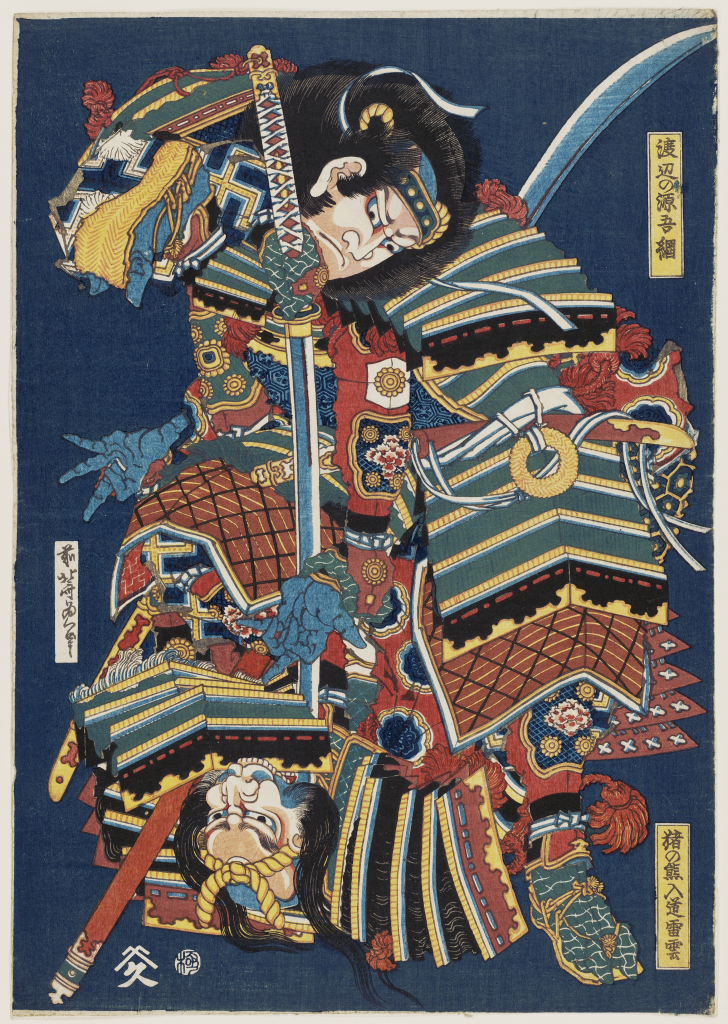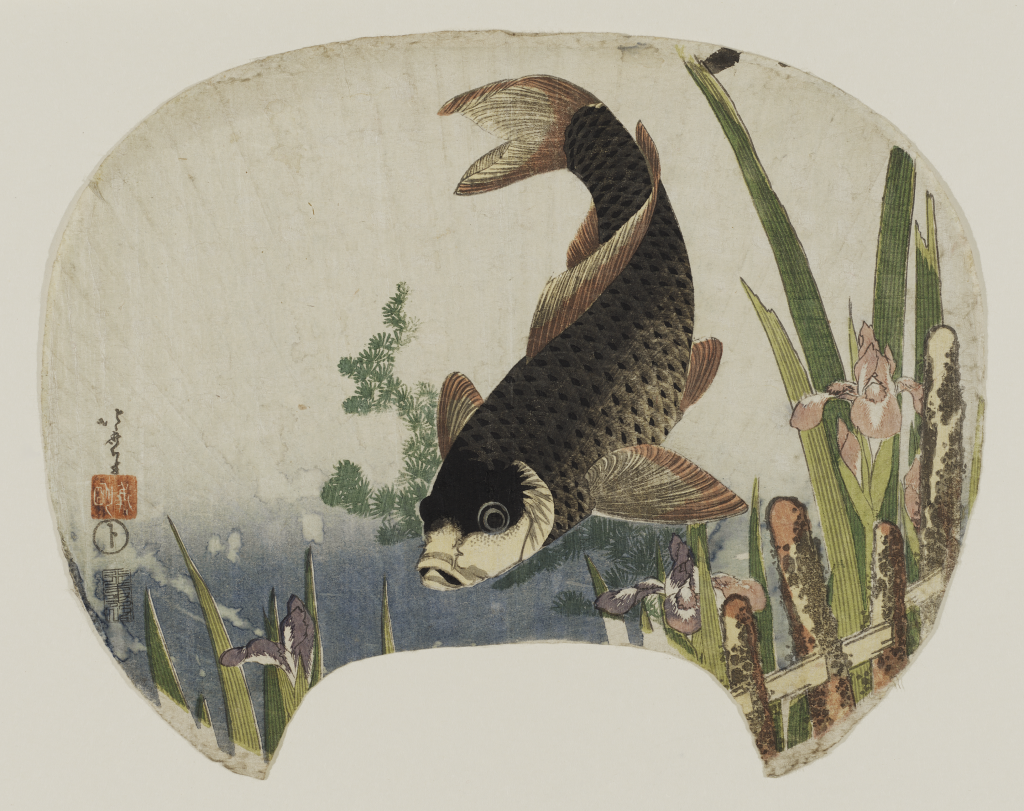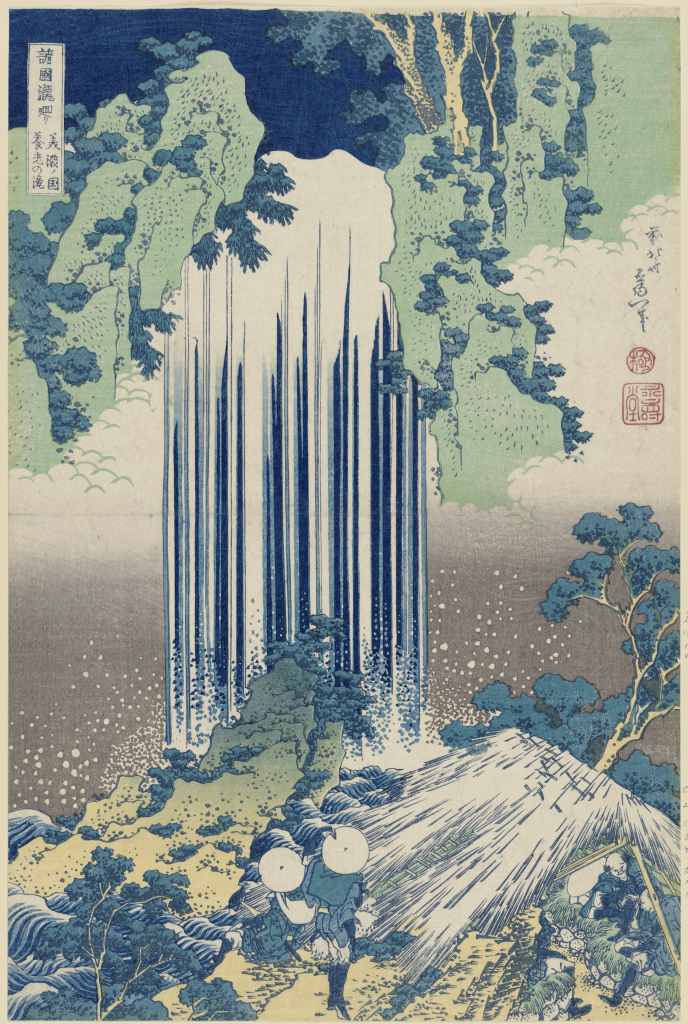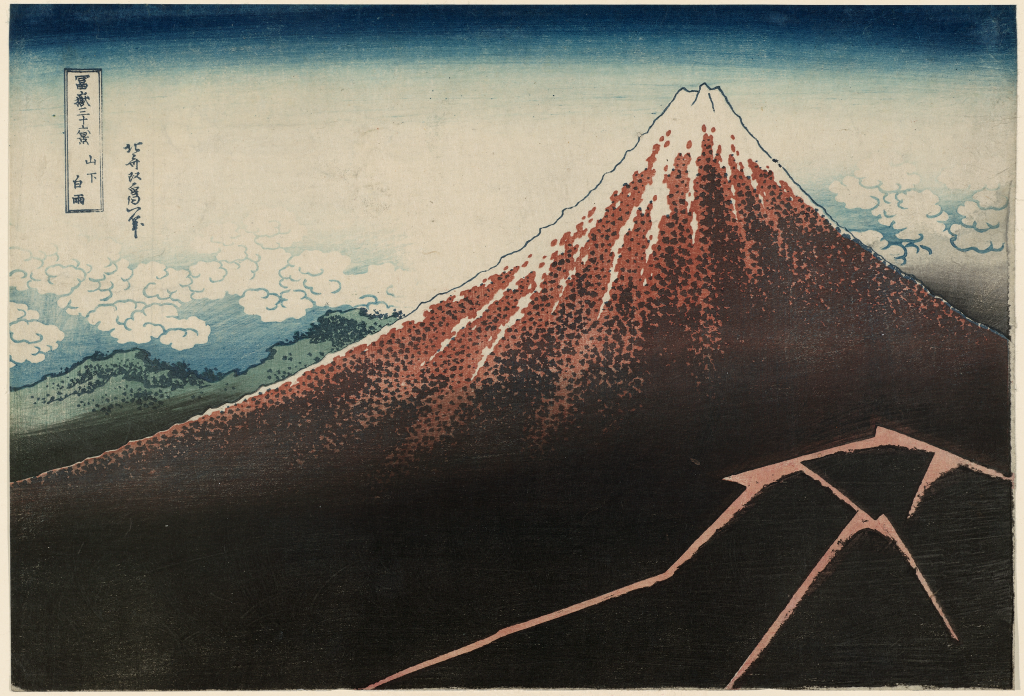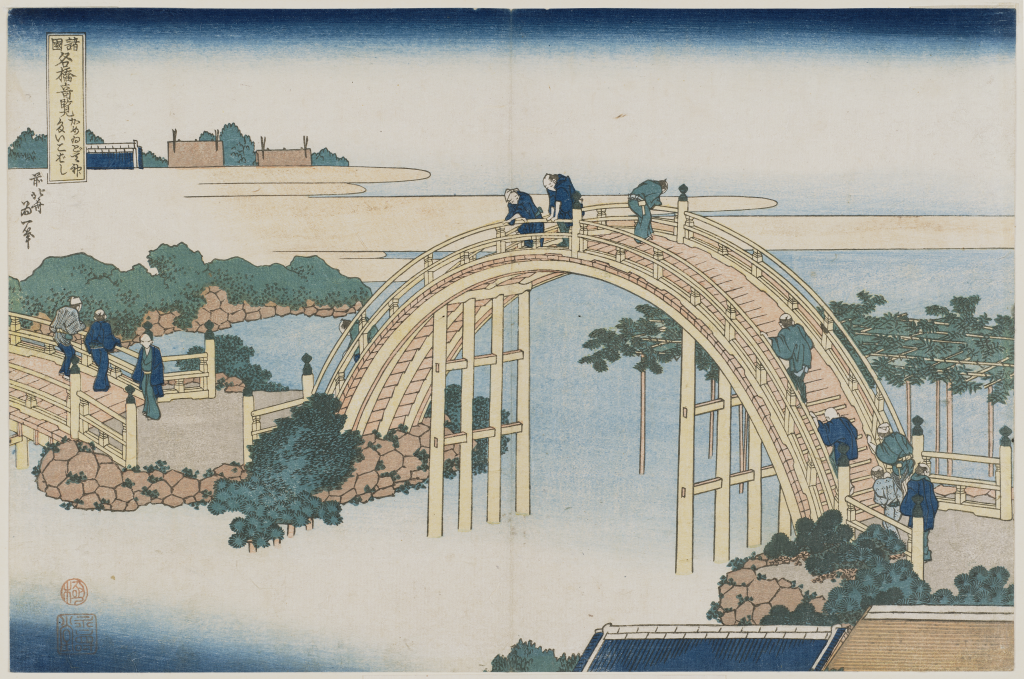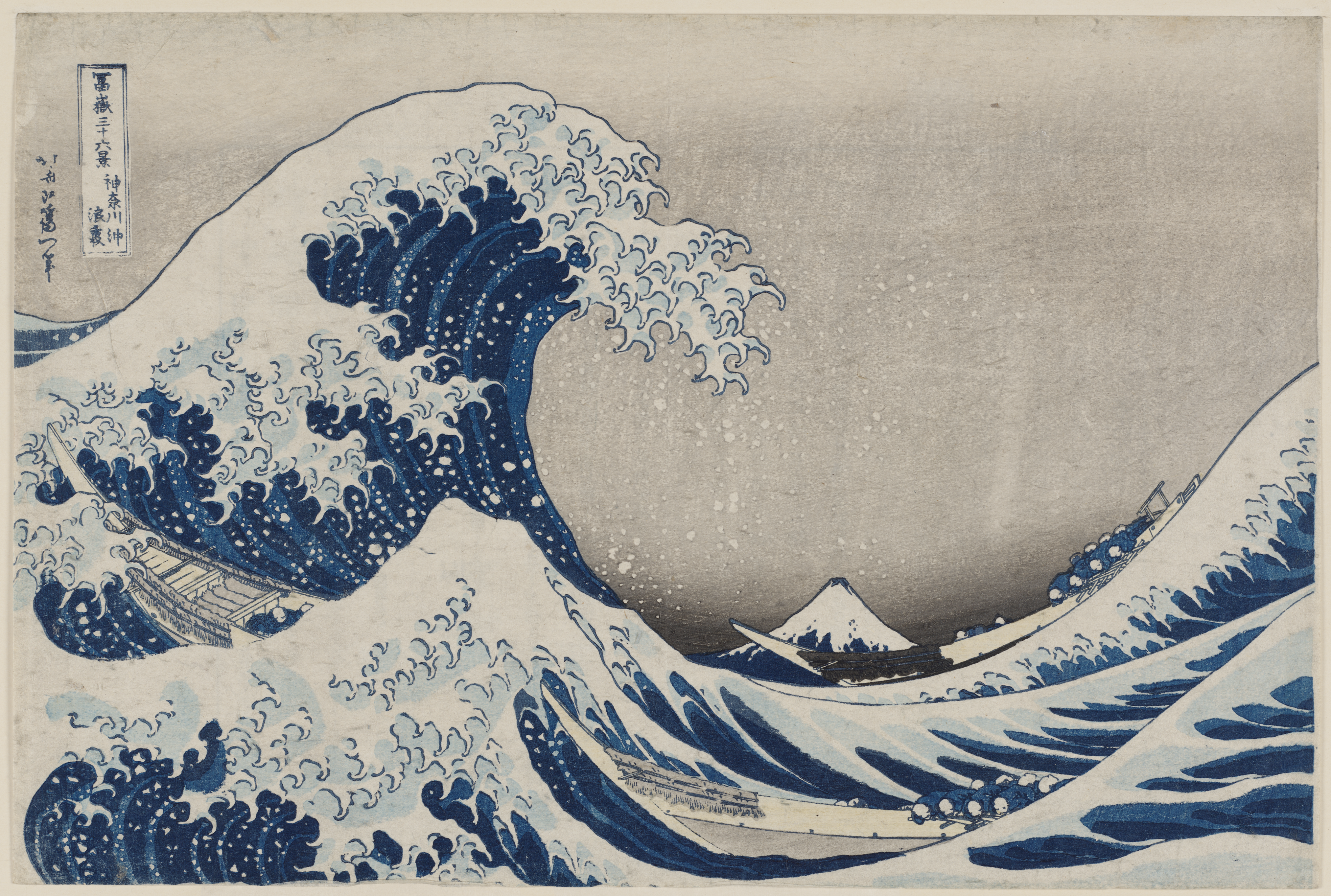
Katsushika Hokusai (Japanese, 1760–1849). Under the Wave off Kanagawa (Kanagawa‑oki nami‑ura), also known as the Great Wave, from the series Thirty‑six Views of Mount Fuji (Fugaku sanjūrokkei), about 1830–1831, Tenpō Era (1830–1844). Woodblock print (nishiki‑e), ink and color on paper, 9 15/16 × 14 13/16 inches. Museum of Fine Arts, Boston, William Sturgis Bigelow Collection. Photograph © Museum of Fine Arts, Boston.
Explore Hokusai’s innovation and influence through the centuries.
Katsushika Hokusai (1760–1849) is one of the most famous Japanese artist in history, thanks largely to his instantly recognizable print known familiarly as The Great Wave. Hokusai: Waves of Inspiration features work from his own expansive and versatile career as well as objects in many different media by the generations of artists that he inspired.

The Story of Hokusai
Hokusai began painting at an early age. At 19, he joined the studio of Katsukawa Shunshō, where he mastered ukiyo-e, a school of woodblock prints, paintings, and illustrated books embodying urban popular culture. Building on this base, Hokusai expanded the focus of the traditional subjects of ukiyo-e throughout his seven-decade career. Waves of Inspiration features roughly 100 works of art by Hokusai himself, highlighting the breadth of subjects the artist tackled — including actors, landscapes, still life, supernatural legends and tales, and wildlife.
Katsushika Hokusai (Japanese, 1760–1849). The Mansion of the Plates (Sara yashiki), from the series One Hundred Ghost Stories (Hyaku monogatari), about 1831–1832, Tenpō Era (1830–1844). Woodblock print (nishiki‑e), ink and color on paper, 10 3/4 × 7 5/8 inches. Museum of Fine Arts, Boston, William Sturgis Bigelow Collection. Photograph © Museum of Fine Arts, Boston.
The Great Wave comes crashing
Hokusai’s print Under the Wave off Kanagawa (about 1830–31), commonly known as The Great Wave, has endured as one of the world’s most celebrated and recognizable works of art. The print series that included the Wave, titled Thirty-six Views of Mount Fuji, was a huge hit in its time and influenced artists across the world posthumously. Waves of Inspiration explores the print’s legacy, including Hokusai’s own variations, early homages, contemporary references and remixes, and even a LEGO® recreation by certified master builder Jumpei Mitsui.
Jumpei Mitsui (Japanese, born 1987). The Great Wave built by Jumpei Mitsui with LEGO® Bricks, 2020. LEGO® bricks, 50 × 60 inches (127 × 152.4 cm). Image Courtesy of Jumpei Mitsui.
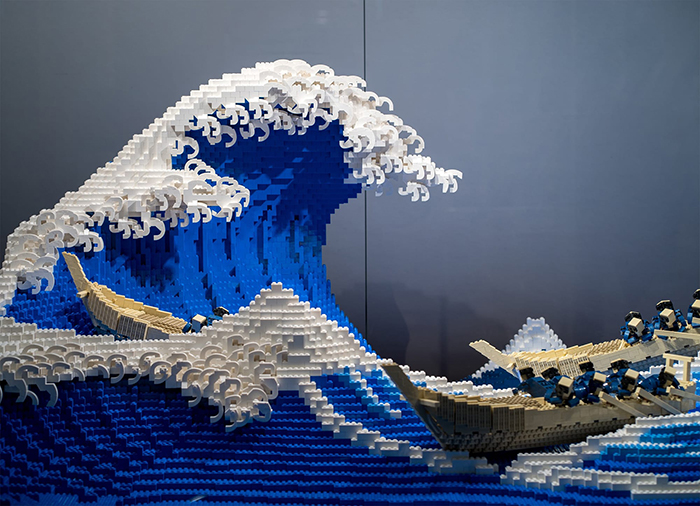
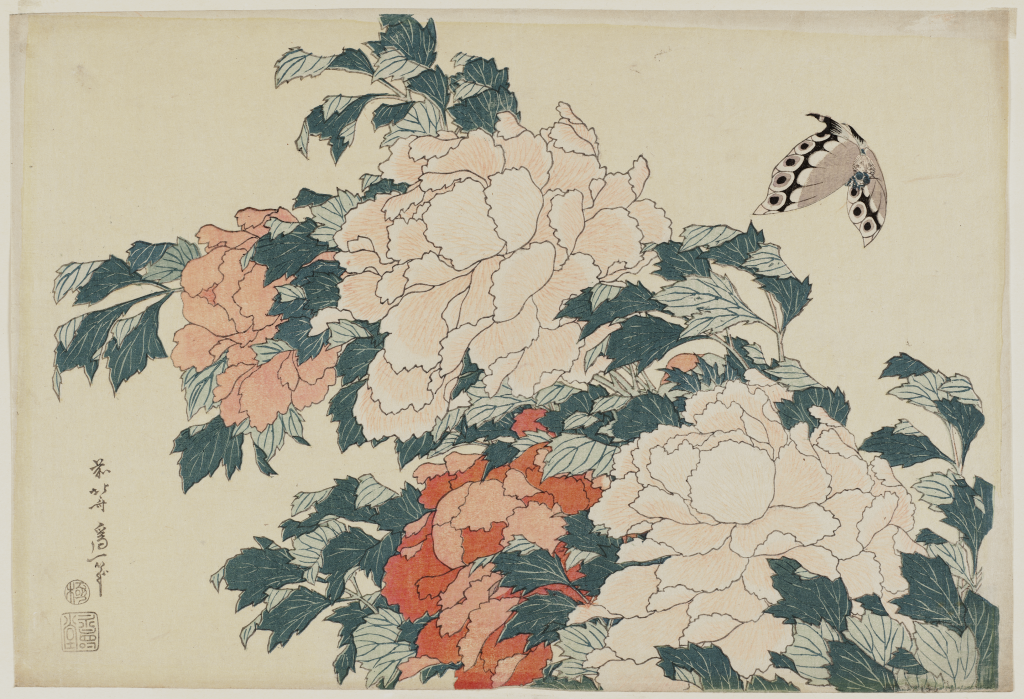
A lasting influence
Waves of Inspiration immerses guests in the vast ocean of Hokusai’s influence, showcasing roughly 200 additional works by the artist’s teachers, family, students, rivals, and worldwide admirers. The exhibition traces Hokusai’s artistry to unexpected places across time, place, and medium and shows how he defined, reinvented, and elevated every art form he engaged with.
Katsushika Hokusai (Japanese, 1760–1849). Peonies and Butterfly, from an untitled series known as Large Flowers, about 1833–1834, Tenpō Era (1830–1844). Woodblock print (nishiki‑e), ink and color on paper, 10 3/8 × 15 3/8 inches. Museum of Fine Arts, Boston, William Sturgis Bigelow Collection. Photograph © Museum of Fine Arts, Boston.
Related Programs
